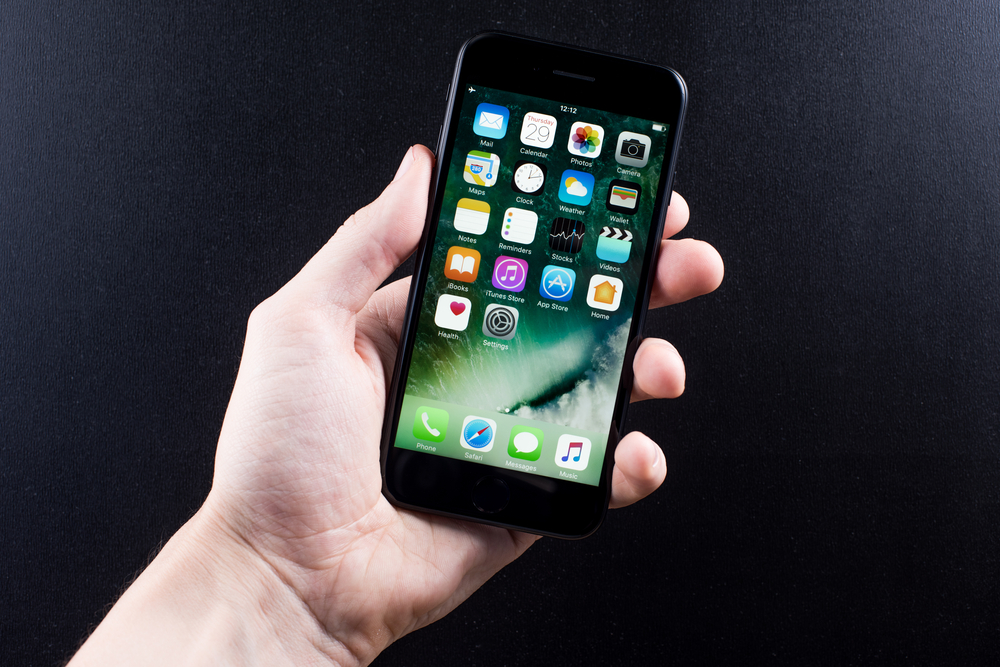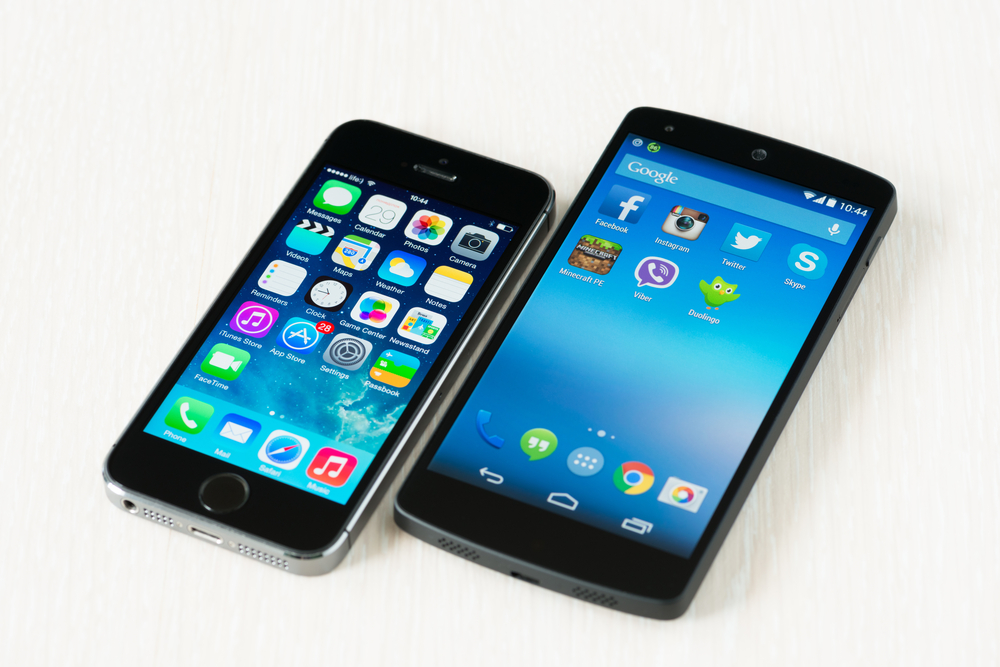
Mastering Mobile App Marketing: Top Tips and Tricks for Successful Promotion

Introduction
In today's fast-paced digital world, mobile apps have become an integral part of our daily lives. From ordering food to booking a cab and managing finances, there is an app for almost everything. However, with millions of mobile apps available in various app stores, it can be challenging for developers and marketers to ensure their app stands out from the crowd. This article will provide you with some top tips and tricks for successfully promoting your mobile App Store or Google Play app , helping you capture the attention of your target audience and achieve your app marketing goals.
1. Define Your Target Audience
Before diving into any marketing efforts, it's crucial to define your target audience. Identifying your target audience will allow you to tailor your marketing strategies and messages specifically to their needs and preferences. Study the demographics, interests, and behaviors of your potential users to create detailed user personas. By understanding your target audience, you can optimize your mobile Google Play or App Store app marketing efforts and increase your chances of success.
2. Optimize Your App Store Listing
Your app store listing is your first impression on potential users. It needs to be compelling, informative, and optimized for search engines. To optimize your app store listing, focus on the following key elements:
a) App name and keywords: Choose a catchy and descriptive app name that includes relevant keywords. Incorporate keywords throughout your app description to improve your search rankings.
b) App icon and screenshots: Design an eye-catching app icon that represents your app's functionality and purpose. Capture high-quality screenshots that showcase your app's features and benefits.
c) App description: Craft a compelling app description that highlights the unique selling points of your mobile app . Clearly communicate the value proposition and benefits that users can expect from your app.
d) Ratings and reviews: Encourage your existing users to leave positive ratings and reviews for your app. Positive social proof can significantly influence potential users' decision-making process.
3. Implement App Store Optimization (ASO)
App Store Optimization (ASO) is the process of optimizing your mobile Android or iOS app to rank higher in app store search results. Similar to search engine optimization (SEO), ASO can significantly impact your app's discoverability. To effectively implement ASO strategies, consider the following:
a) App title and keywords: Incorporate relevant keywords in your app title and throughout your app store listing to improve your search rankings.
b) App screenshots and videos: Include visually engaging screenshots and videos that showcase your app's features and benefits. These visuals can encourage users to download your app.
c) App ratings and reviews: Encourage users to rate and review your app positively. Higher ratings and positive reviews can boost your app's credibility and attract more potential users.
d) App localization: If you plan to target international markets, consider localizing your app by translating your app store listing, keywords, and other relevant content to different languages. This can increase your app's visibility in specific regions.
4. Leverage Social Media Platforms
Social media platforms play a vital role in mobile app marketing. With billions of active users worldwide, these platforms provide a vast audience to promote your mobile iOS or Android app . Here are some effective strategies for leveraging social media:
a) Create engaging content: Regularly post engaging and relevant content related to your mobile app. Use visuals, videos, and catchy captions to capture users' attention and encourage them to share your posts.
b) Run paid ad campaigns: Utilize social media advertising options to target your ideal audience based on demographics, interests, and behaviors. You can run sponsored ads, carousel ads, and even video ads to increase app downloads and user engagement.
c) Collaborate with influencers: Identify influencers or bloggers who align with your app's niche and have a substantial following. Collaborate with them to promote your app to their audience, leveraging their credibility and reach.
d) Participate in relevant communities and groups: Join relevant online communities, groups, and forums where your target audience is active. Engage in conversations, provide value, and subtly promote your mobile app when appropriate. Avoid spamming or self-promotion without context.
5. Implement App Analytics
App analytics help you understand user behavior, measure marketing campaign performance, and identify areas for improvement. By tracking metrics such as downloads, active users, retention rates, and average session duration, you gain valuable insights into how users are interacting with your mobile app. Some popular app analytics tools include Google Analytics for Mobile, Mixpanel, and Flurry Analytics.
Frequently Asked Questions:
1. How long does it take to see results from mobile app marketing?Results from mobile app marketing can vary depending on various factors, including your app's niche, competition, marketing efforts, and target audience. It’s important to stay patient and persistent as results can take time, but with effective strategies, you may start seeing positive results within a few weeks to months.
2. How important are app store ratings and reviews?
App store ratings and reviews play a crucial role in establishing credibility for your mobile app. Positive ratings and reviews can significantly influence potential users' decision to download your app. Encourage your existing users to provide honest feedback to improve your app's overall rating and reputation.
3. Is localization necessary for app store optimization?
Localization can be beneficial if your app targets international markets or specific regions with different languages and cultural preferences. By localizing your app store listing, you increase your chances of reaching a wider audience and improving your app's visibility in specific regions.
4. Should I prioritize organic reach or paid advertising for app promotion?
Both organic reach and paid advertising have their benefits. Organic reach through app store optimization (ASO) and social media efforts can help you gain long-term traction and a loyal user base. On the other hand, paid advertising allows you to reach a more targeted audience quickly. A combination of both organic and paid strategies can yield the best results for your app promotion.
5. How often should I update my mobile app?
Regular updates are essential for mobile apps to fix bugs, optimize performance, and introduce new features. Aim to release updates at least once every few months to keep your app relevant and improve user experience. Monitoring user feedback and engagement can also help you identify areas where updates are necessary.
Conclusion
Mastering mobile app marketing requires a strategic approach and continuous efforts. By defining your target audience, optimizing your app store listing, implementing app store optimization (ASO), leveraging social media platforms, and analyzing app analytics, you can increase your mobile app's visibility, attract more users, and achieve success in today's competitive app market. Stay updated with the latest app marketing trends, monitor your app's performance, and adapt your strategies as needed to stay ahead of the competition and continuously improve user experience.
Other useful resources
- https://www.appguru24.com/promote-ios-app/
- https://en.wikipedia.org/wiki/Mobile_app_development
- https://en.wikipedia.org/wiki/Google_Play